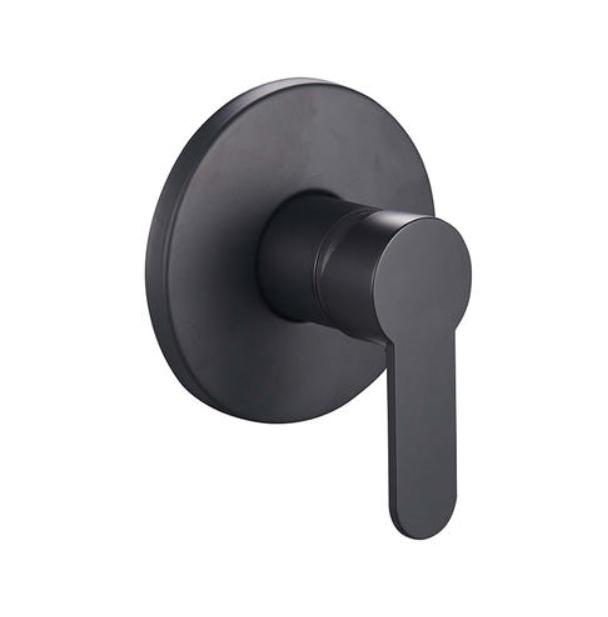Choosing between an exposed and a bathroom concealed mixer involves understanding the advantages of each. Both serve the same essential function—mixing hot and cold water—but their installation methods and visual impact differ significantly.
An exposed Bath Mixer is typically mounted on the wall surface, making it easier to install and repair. It’s ideal for situations where wall structure limitations or time constraints are a concern. However, the visible pipework may not suit all design preferences.
In contrast, a bathroom concealed mixer is installed within the wall cavity, allowing only the controls and spouts to be visible. This design supports a cleaner, more modern aesthetic and is often favored in luxury renovations or contemporary builds.
The choice between these two often depends on the existing plumbing setup, the renovation budget, and the overall bathroom theme. For instance, homeowners pursuing a vintage or industrial style might opt for an exposed bath mixer with visible brass elements. Meanwhile, those leaning toward minimalist or high-end looks often choose the concealed route.
Functionality remains consistent across both types, but the concealed option may offer a more unified appearance, particularly when paired with integrated accessories like showerheads and valves. In either case, it’s important to prioritize durability, ease of use, and maintenance accessibility when selecting a bath mixer for your home.

